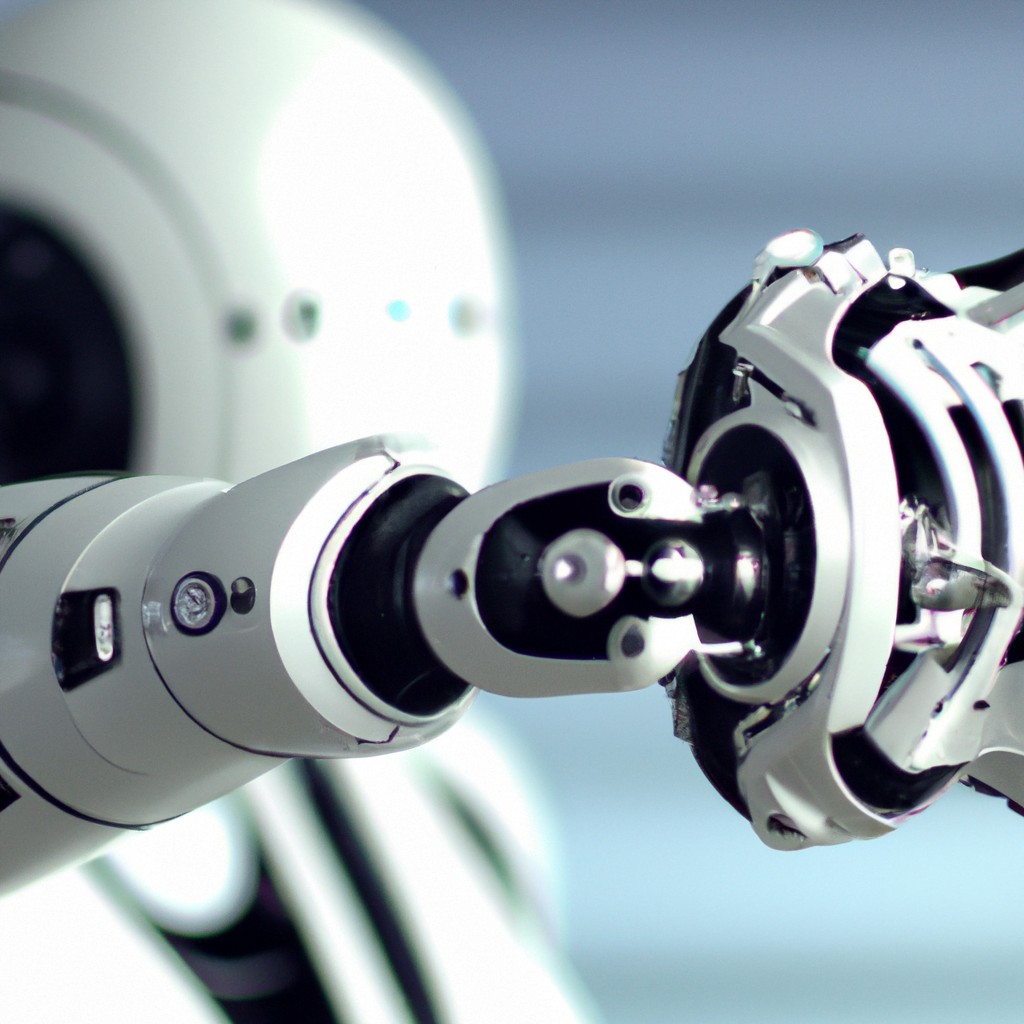The impact of robotics on the future of work
In recent years, there has been a significant increase in the use of robots in various industries. The rise of robotics has created a significant impact on the future of work, and it is essential to understand how it affects the workforce, especially for young students who are preparing to enter the workforce in the near future.
What is Robotics?
Robotics is a branch of engineering that deals with the design, construction, and operation of robots. Robots are machines that can be programmed to perform a variety of tasks, and they are typically designed to perform tasks that are either too dangerous or too repetitive for humans to do.
Positive Impact of Robotics on the Future of Work
Increased Efficiency: Robots are designed to work efficiently and precisely, and they can perform tasks faster and more accurately than humans. This means that the use of robots can help companies increase their productivity and reduce the time it takes to complete certain tasks.
Improved Safety: Robots are ideal for performing dangerous tasks such as working in mines, handling hazardous chemicals, or working in extreme temperatures. By using robots to perform these tasks, companies can keep their workers safe and reduce the risk of accidents.
Cost Savings: In the long run, using robots can be cost-effective for companies. Although the initial investment in robots may be high, they can help reduce labor costs, increase efficiency, and ultimately save money.

Negative Impact of Robotics on the Future of Work
Job Loss: The rise of robotics may lead to some jobs becoming obsolete. For example, robots can perform tasks that were previously done by humans, such as assembly line work, packaging, and even customer service. This can lead to job loss in certain industries, which can have a significant impact on the workforce.
Skills Gap: As the use of robots becomes more prevalent, the demand for workers with the necessary skills to design, program, and maintain them will increase. This means that there may be a skills gap, with a shortage of workers with the necessary technical skills to work with robots.
Conclusion
The impact of robotics on the future of work is significant, and it is important for young students to understand both the positive and negative effects. While robots can increase efficiency and safety, they may also lead to job loss and a skills gap. It is crucial for individuals and companies to adapt to the changing landscape of work to ensure that everyone can benefit from the rise of robotics.






